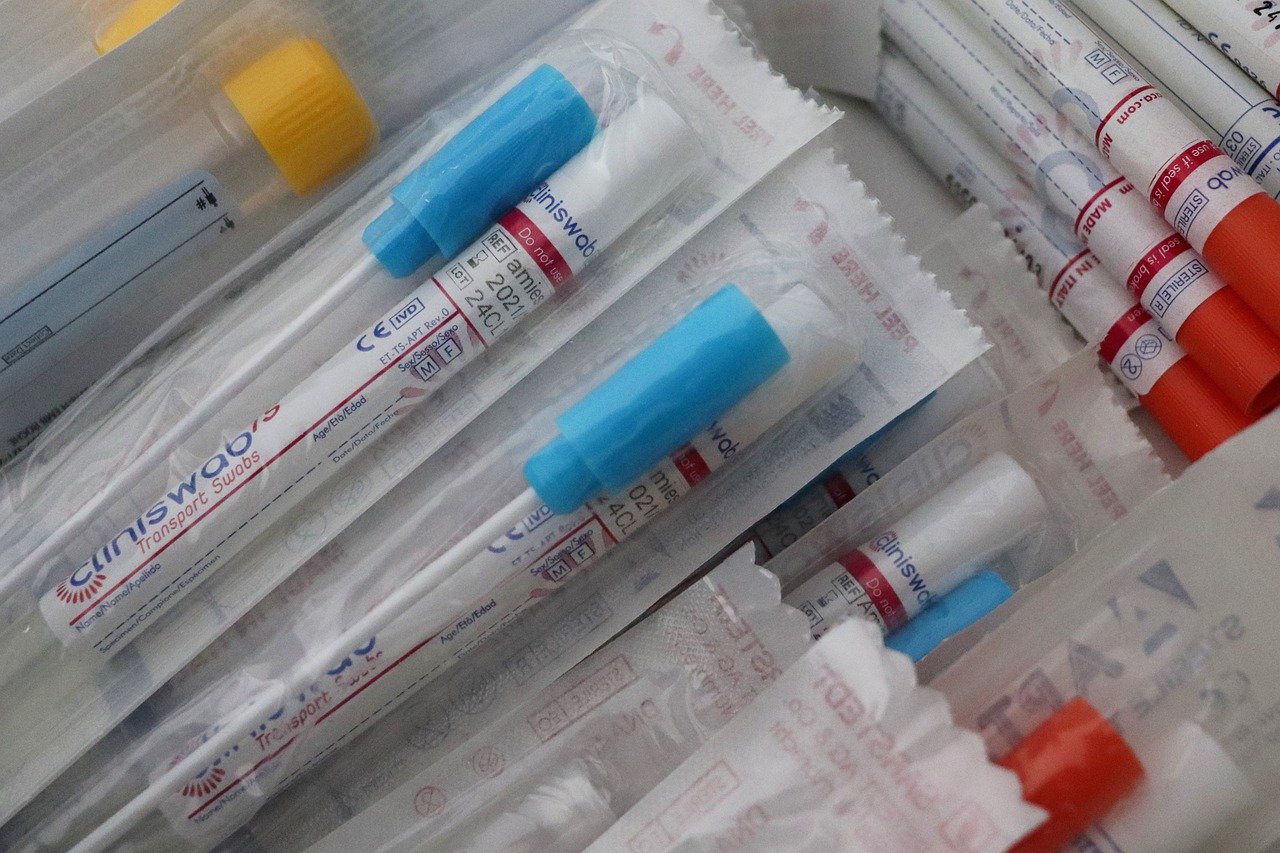WAN managers had to scramble to accommodate massive changes when the world shut down during the pandemic. Offices transitioned to remote work and navigated brand-new traffic patterns.
Our guest on this week's podcast navigated the added challenge of running a network within the healthcare industry, where business needs were changing in real-time.
Carl Flaherty, Manager of Network Services at Main Line Health, shares his network story in our latest episode.
Greg and Carl talk about pre-pandemic networking, as well as how Carl's team solved the many COVID-related problems thrown their way. This includes setting up pop-up COVID testing sites, preparing radiologists for remote work, and putting out infrastructure fires while social distancing.
Subscribe to access all of our episodes:
Apple | Google | Spotify | Stitcher | TuneIn | Podbean | RSS
Key Takeaways
Rapid Deployment of Connectivity for Remote/Temporary Sites using Cellular LTE
Mainline Health faced the challenge of establishing network connectivity at temporary pop-up COVID testing and vaccination sites, often located outside existing buildings or in areas without pre-existing infrastructure.
To address this, they quickly adopted and deployed cellular LTE technology, partnering with Cradlepoint. This involved acquiring "mobile command center" units and LTE wireless routers, activating SIMs, and using them to create secure VPN connections back to their data centers. This technology proved highly effective for quickly setting up secure network access and Wi-Fi, allowing clinical staff to use electronic medical records and track everything being done at these community-based vaccination centers.
Enabling Secure, Data-Intensive Remote Work with SD-WAN
The pandemic necessitated supporting remote work for medical staff, including radiologists who require high-end workstations and monitors for reading diagnostic images.
While remote work was a pre-pandemic request, it became critical when a radiology group was impacted by quarantines. Mainline Health implemented a an SD-WAN service delivered directly to the radiologists' homes. This solution uses a customer premise equipment device to handle the data-intensive processing, taking the load off the workstation. It created secure connections back to the data centers and was effective even over residential internet connections with relatively low bandwidths.
The prevalence of high-speed residential internet among the staff, partly driven by the general increase in home bandwidth usage during the pandemic, facilitated this rollout. This SD-WAN setup has become a standard configuration for many doctors within the organization.
Increased Agility and Leveraging Mobile Capabilities for Various Needs
The successful deployment of technologies like cellular LTE for pandemic response demonstrated Mainline Health's ability to be more agile in delivering services. The capabilities gained from the LTE deployment for pop-up sites have since been leveraged for situations beyond the pandemic response. This includes providing backup or supplemental network connectivity during infrastructure failures, like a burst pipe that took out switches in an Emergency Department data closet.
Greg Bryan
Greg is Senior Manager, Enterprise Research at TeleGeography. He's spent the last decade and a half at TeleGeography developing many of our pricing products and reports about enterprise networks. He is a frequent speaker at conferences about corporate wide area networks and enterprise telecom services. He also hosts our podcast, TeleGeography Explains the Internet.




